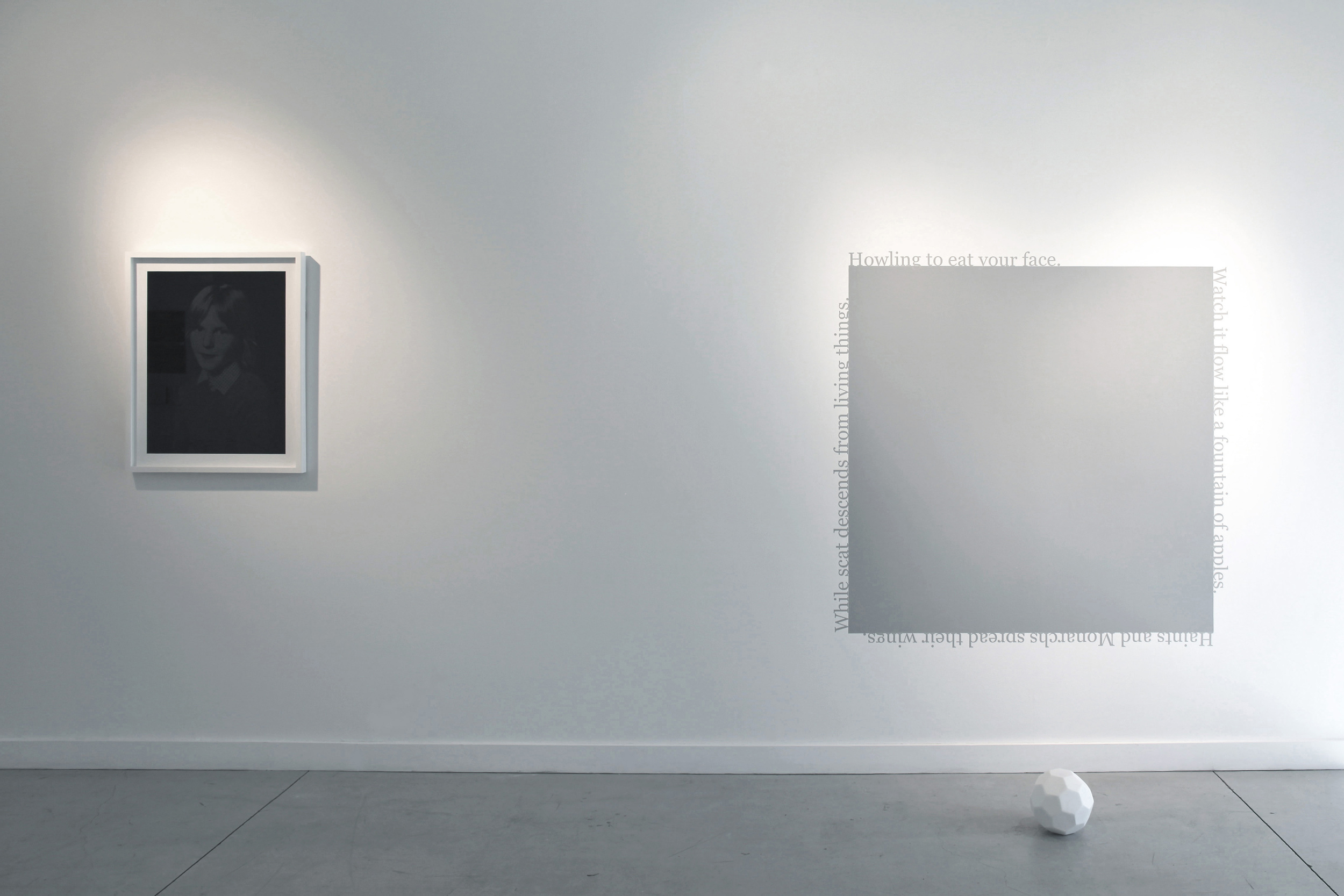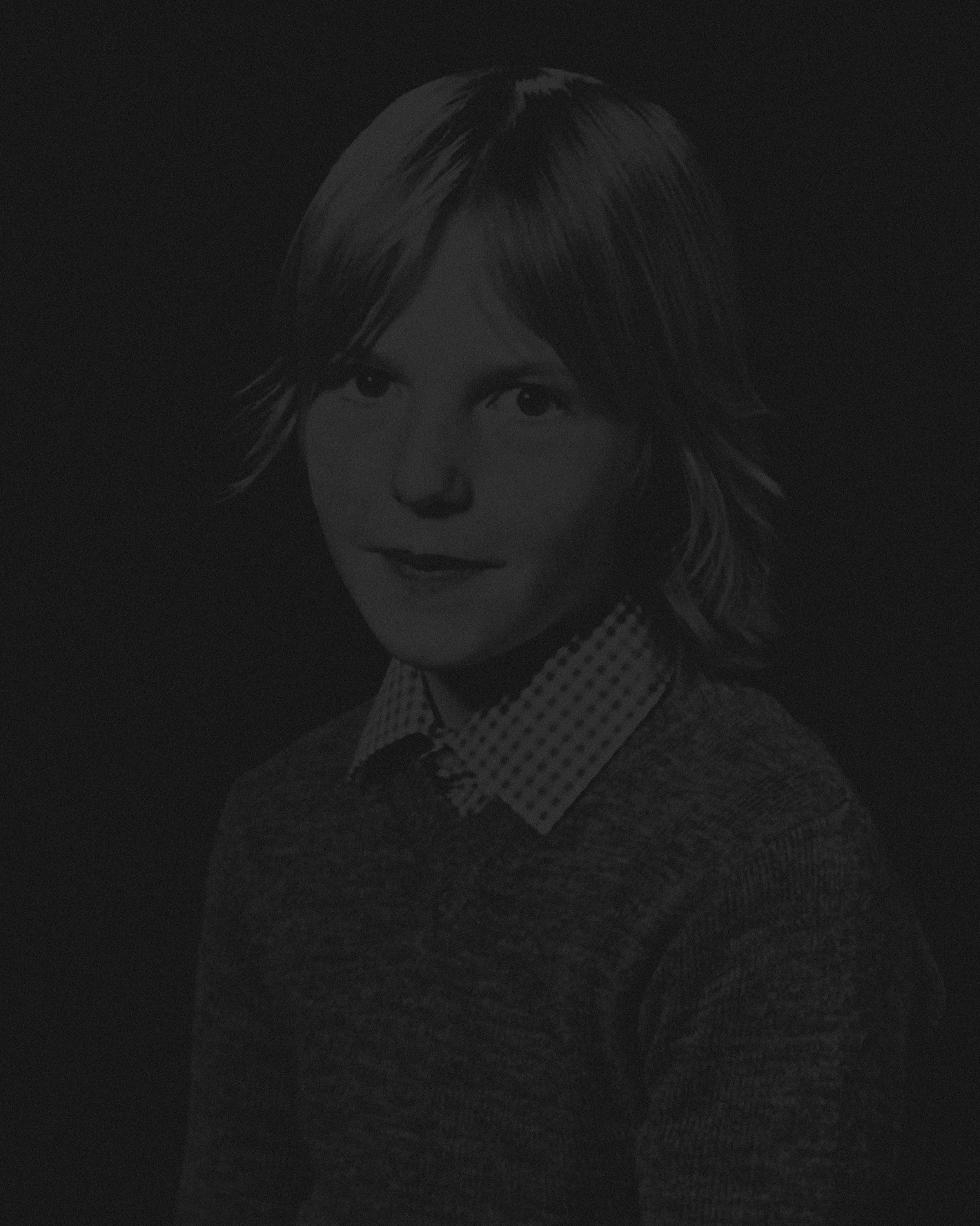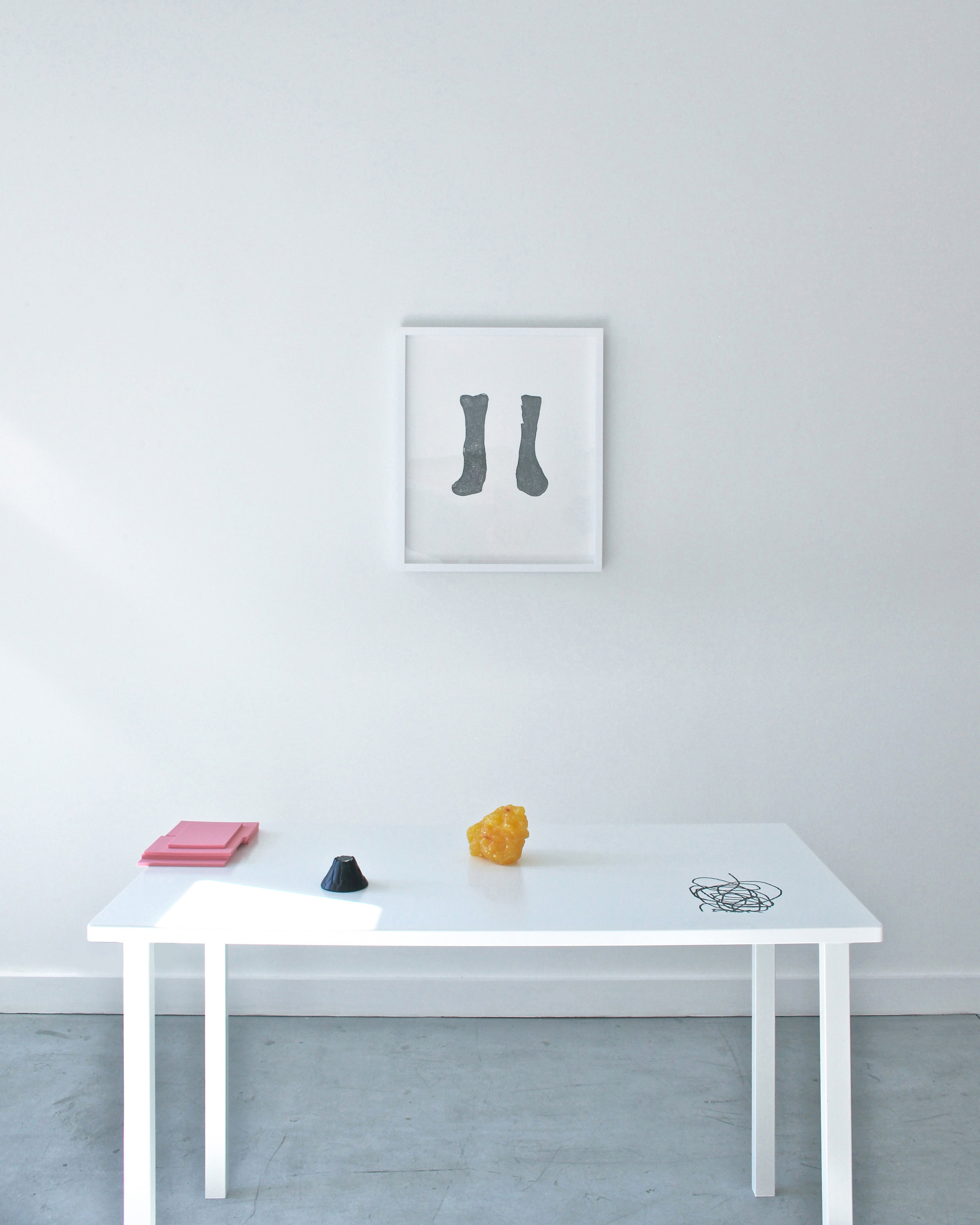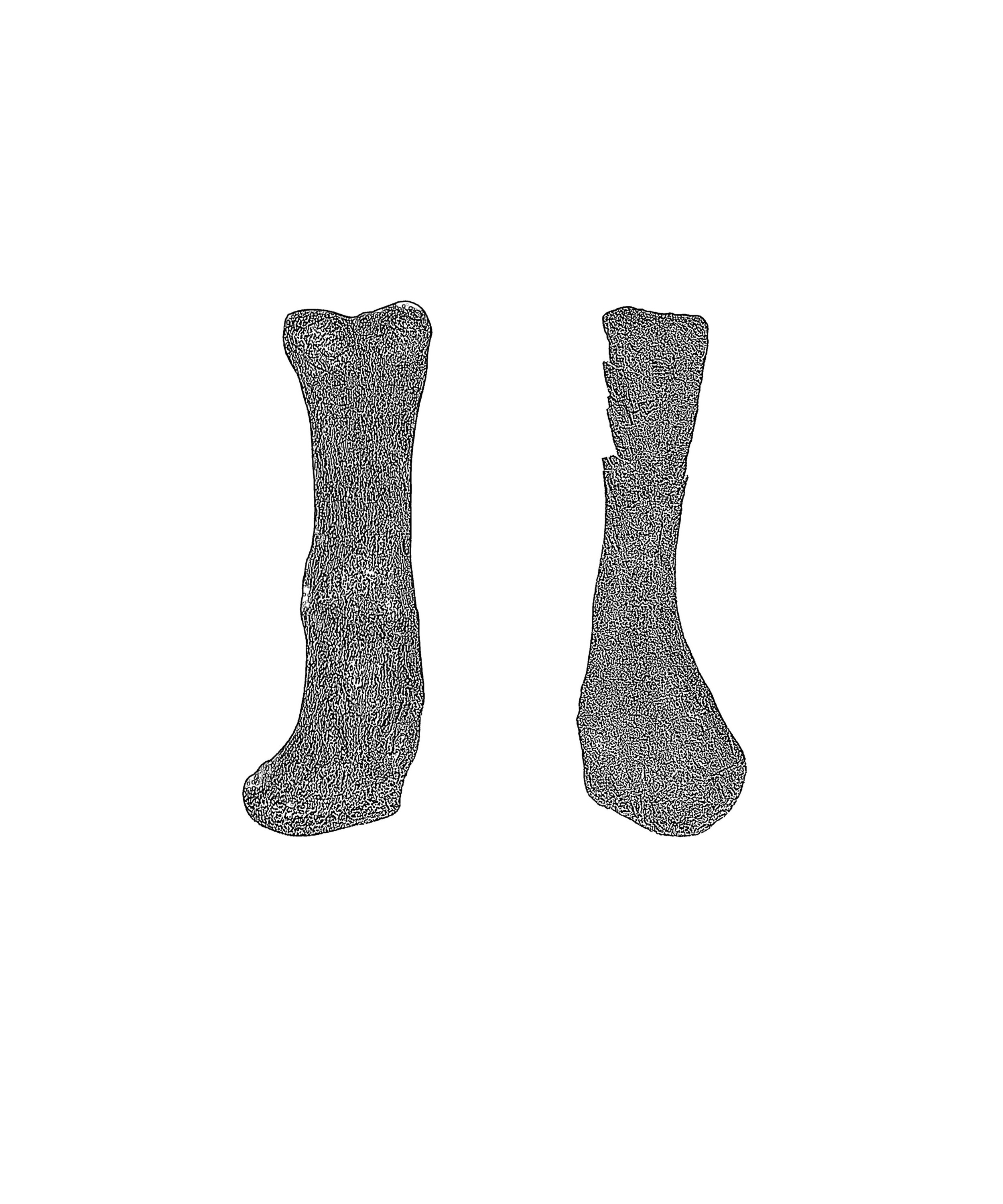Where did the imagery in this exhibit come from? Whose cars are these? What made you want to paint them? The trees? The interiors?
The imagery comes from daily life. That’s the way things usually work for me. My viewable daily life through a filter blend of mood, concern, fantasy, space-out and cultivated bias. The images organize themselves into narratives that reflect how I perceive their identities. I am most strongly drawn to images whose identities are not settled and flip-flop between positive and negative, or knowable and unknowable. I am strongly drawn to obvious things whose omnipresence belie the texture of their identity. That apparent obviousness and ubiquity is something shared by the cars, trees, windows, stone animals etc. The MOST ubiquitous element in these works is the scouring yellow light. I have become obsessed with yellow as both the strongest and the most conflicted color in the world.
In your last show at Zeitgeist, the work was on a much larger scale. How did it differ working in this smaller scale?
It’s been interesting and fun. More than the scale the switch in medium from ink and sculptural materials to canvas, oil paint and photographs has been exciting and challenging. I think I have been able to increase the complexity and intensity of the color experience and that was the goal. The process requires more patience but working small I can have SO many more pieces going, there gets to be a chorus of discussion between them and that is providing me with a lot of options. They are continuing to grow in scale in my studio, and I hope to have a ton of them for my show this march.
Your last show dealt with themes of fatherhood and loss of control, are you dealing with any larger themes/feelings with this work?
I think the themes in the work are consistent but wider than the personal experiences that served as a foil for my last show. In both I am interested in the foolishness of man, of ME as a man, of dreams of permanence and conquest and building a forever future. In these works I’m speaking with the egotism and arrogance of a tree hugger and real estate developer rolled up into the same dude. We usually think of the naturalist or the gardener as a sympathetic cultivator of nature, but do you think nature gives a hoot, ha! I am talking about myself here. I really do believe that there are beautiful trees and therefore ugly trees and that's a pile of horsepucky. On one cushy abstract level I’m playing aesthetic games with these symbols to poke fun at uncontested recipes of beauty in my own mind, but at the same time I can look out my window and see this city remade in front of us based on the same phony calculations and romanticisms.
Were some of these done at an artist retreat? How was that?
All the cars were made at Gallery Protocol in Gainesville during a 2 week residency. It was awesome. I made 50 drawings in 10 days- a real binge. I drew one 2 years ago from photograph I took driving of a tailgating truck. That truck was going so fast and was so close plowing up route 24 towards Clarksville where I work. My reaction was to take a phone snap (brilliant, right?) But I actually drew it because I thought my then 4 year old son would love it as he does all cars. So there it is again: a simple image that looks one way to one person and another to another. I am an early riser and walk for an hour usually before the sun comes up. I have thought of those cars as middle-aged exercise nightmares. They are not my cars. I just come across them and if I see the face first I try to get real low and close so you’re going to get bumped into.
How do the elements of collage effect the work?
Making things fun. I take photos every day and collage has allowed me to plug that stream of images and image capture into my studio work.
What books and music are you digging right now?
“Going Clear” on scientology, “Chromophobia” by David Batchelor and “6 years” by Lucy Lippard is making my head spin,
My colleague Billy Renkl lent me Sufjan Steven’s Carey and Lowell and I have been listening to it on loop for 6 weeks now. Haunting, transcendental and grounded. I think it’s changing my brain.
Paul Collins' exhibit Studio Profile is on view in the Zeitgeist project space through June 27, 2015









